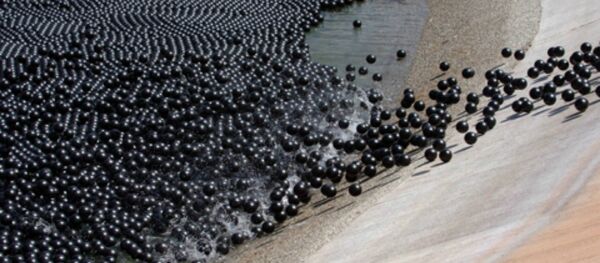Though storms did not bring as much water as was anticipated, especially in the southern regions of the state, they still partially filled reservoirs and restored mountain snowpacks, which melt and replenish reservoirs during the dry warmer months.
Statewide restrictions officially end June 1, and communities will be urged to set their own standards for water conservation, based on their own water supplies, as areas in the north are not suffering from the drought in the same way that warmer and drier regions in the south are.
“I’m looking forward to a good-faith effort by the water agencies,” state water board member Steven Moore told SFgate. “Those who haven’t converted their yards (to drought-resistant landscaping) may be excited about having their green yards back. That could add up.”
Still, many believe it’s too early to change current policy.
“Yes, our surface water supplies are better than they were a year ago, but that’s only one piece of the puzzle,” said Tracy Quinn, policy analyst for the National Resources Defense Council. “I’m not convinced that the voluntary, mandatory structure of self-certification is the way to go.”
Despite the easing, it isn’t quite a water free-for-all in the Golden State, as permanent prohibitions on overly wasteful activities, such as hosing off sidewalks and driveways, using hoses without shut off valves to wash cars, and the use of water on road medians remain in place.



